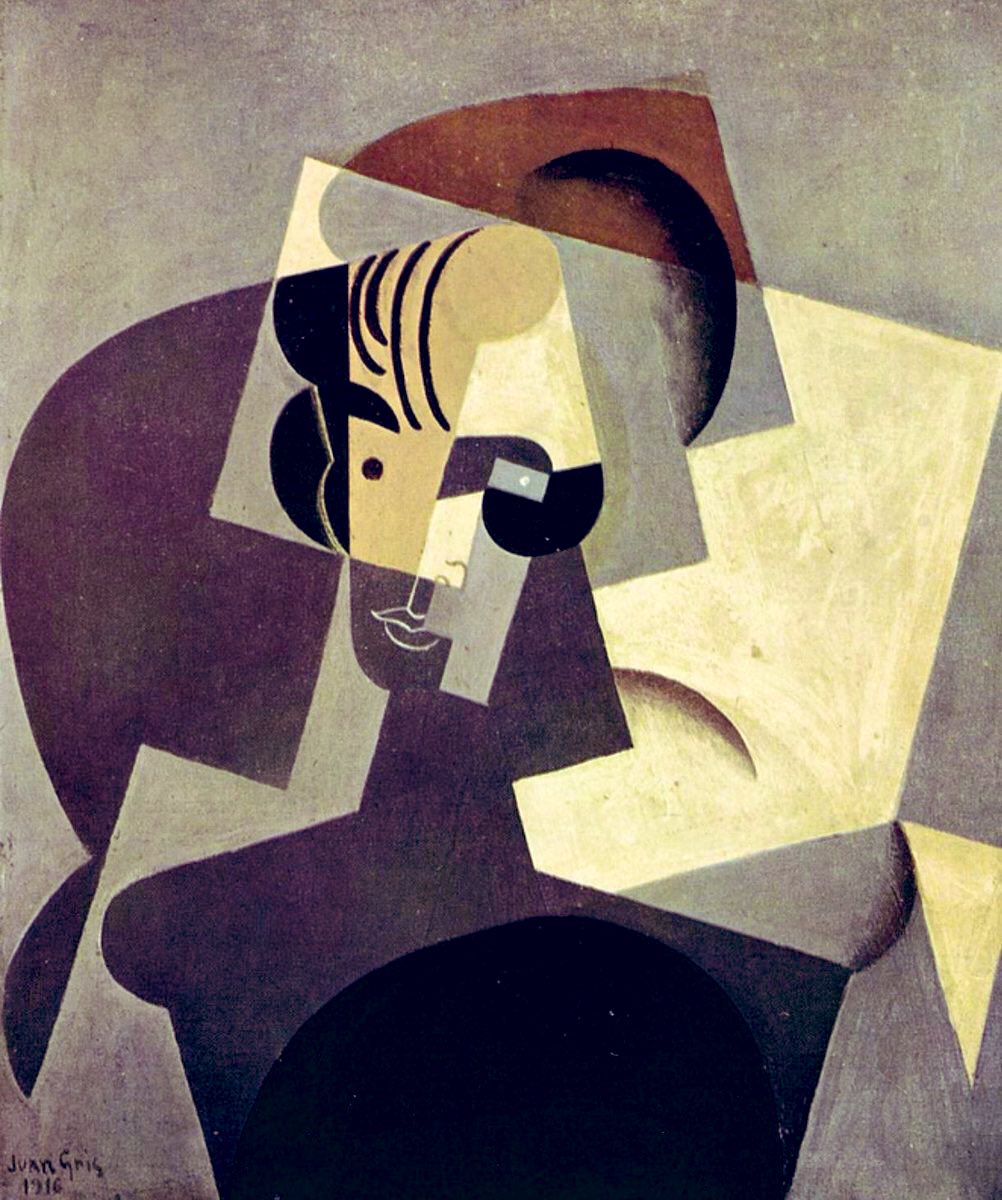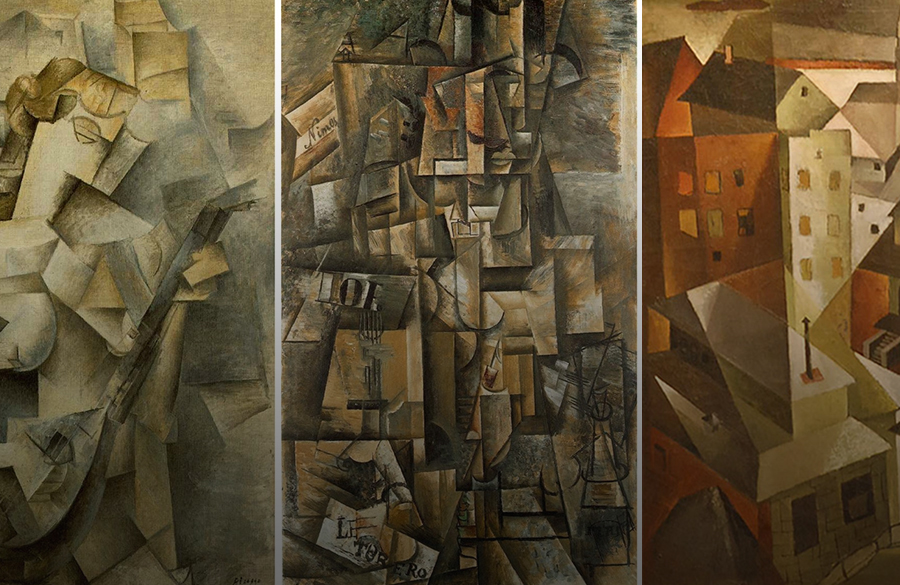

When the Italian artist Joseph Stella arrived in New York, he was fascinated by the Brooklyn Bridge.

All the painting’s subjects are blurred and fused together to create a sense of dynamism. In the foreground, we see the workers, some of whom are trying to overpower a horse. There’s a major building in construction in the background. The City Rises by Umberto Boccioni (1910) Skyscrapers and Tunnel by Fortunato Depero (1930) Look for paintings celebrating industrial landscapes and modernity The clashes are so violent that the coffin seems as if it could fall off the shoulders of pallbearers at any moment.Ĥ. Light emanates from both the sun and the red coffin in a symbolic gesture. Galli’s anarchist supporters are dressed in their typical black and waving black flags. Both sides are armed, clubs and lances are in their hands. The scene shows a chaotic and brutal fusion of police mounted on horseback and angry mourners.

The artist wanted to share, what he considered, a heroic moment with his viewers. The mourners resisted, then a violent scuffle erupted between them and the police. To prevent the funeral from turning into an anti-government parade, officials refused the entry of mourning anarchists into the cemetery. The Funeral of the Anarchist Galli by Carlo Carrà (1911)Īngelo Galli is an Italian anarchist who was killed in 1904 by police during a general strike. A few items are stationary though like the number of the train station and the oil tower in the background. Everything is in motion, the train, its steam and the passengers. The figures are green and are almost fused with the train and its smoke. In this painting, we could see a train crowded with passengers. States of Mind I: The Farewells by Umberto Boccioni (1911) Seeing this gorgeous, colorful masterpiece, you could almost forget about the true reality of WWI: the rat-infested trenches and the rotting, abandoned dead soldiers.
Cubism art movement full#
Severini created this artwork in 1915 when WWI in Europe was in full swing. Note the Cubist influence in the use of multiple perspectives simultaneously. The light blue or dark grey is the color of metal, the body of the train (a strong symbol of industrialization). The soldiers are faceless, as if the artist wants to say these men do not matter as individuals, their military mission is all that matters. Smoke from their guns and the cannon eclipses the green landscape. It’s filled with soldiers aiming their rifles in the same direction. In brief, it’s an Italian military train piercing through the countryside. An aerial view – absolutely! Machinery’s dominance over nature – check. Celebration of modern technology and industrialization – check. Celebrating speed and momentum – of course. We could even count them: Glorification of war – check. It combines most elements that distinguished the art movement. This is one of the most iconic Futurist paintings. Besides speeding cars, look for paintings glorifying steamships, trains, steel towers and urban construction.Īrmored Train in Action by Gino Severini (1915)


 0 kommentar(er)
0 kommentar(er)
